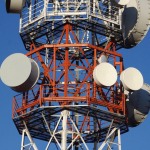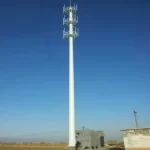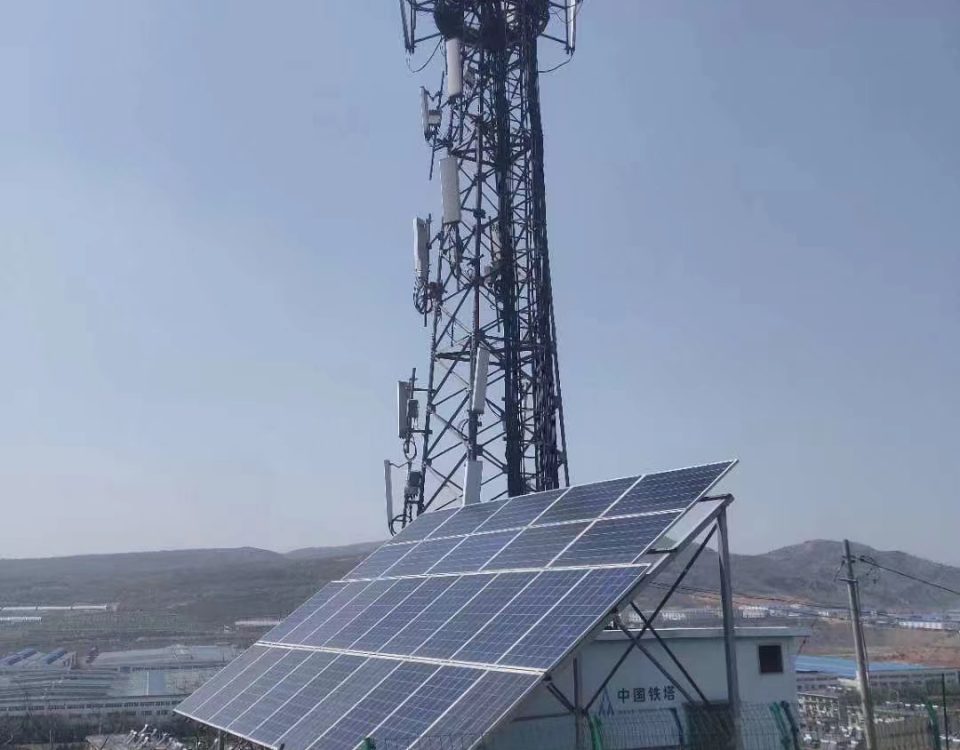
What Is Microwave Communication Tower
October 4, 2024
5G Wifi Signal Monopole Tower: Unlocking the Future of Wireless
October 6, 2024Can cell phone towers and microwave communication towers cause cancer?
A communication tower is a type of signal transmission tower, also known as a signal transmission tower or communication iron tower. In the construction of modern communication and radio and television signal transmission towers, regardless of whether users choose ground level or rooftop iron towers, they all play a role in raising communication antennas, increasing the service radius of communication or television transmission signals, and achieving ideal specialized communication effects. In addition, the rooftop also plays a dual role in lightning protection grounding, route warning, and decoration of office buildings.
The question of whether cell phone towers and microwave communication towers can cause cancer is a topic of considerable debate and research. This discussion delves into the scientific understanding, public concerns, regulatory standards, and ongoing studies related to the potential health effects of exposure to radiofrequency (RF) and microwave radiation emitted by these towers. Here, we will explore the evidence, theories, and expert opinions on this complex issue.
Understanding Electromagnetic Radiation
To comprehend the potential health impacts of cell phone and microwave towers, it’s crucial to understand the nature of electromagnetic radiation:
- Electromagnetic Spectrum:
- The electromagnetic spectrum encompasses a range of radiation types, from low-frequency radio waves to high-frequency gamma rays. RF and microwave radiation fall in the non-ionizing portion of the spectrum, which means they lack the energy to remove tightly bound electrons from atoms or molecules.
- Non-Ionizing vs. Ionizing Radiation:
- Non-Ionizing Radiation: Includes RF and microwaves, which are generally considered less harmful because they do not have enough energy to cause direct DNA damage.
- Ionizing Radiation: Includes X-rays and gamma rays, which have enough energy to ionize atoms and molecules, potentially leading to cancer.
Cell Phone Towers and Microwave Towers
- Cell Phone Towers:
- These towers transmit and receive RF signals to facilitate mobile communication. They operate at frequencies typically ranging from 700 MHz to 2.7 GHz.
- The antennas on cell towers are usually mounted high above ground level to maximize coverage, reducing the intensity of RF exposure at ground level.
- Microwave Towers:
- Used for point-to-point communication, these towers operate at higher frequencies, often between 1 GHz and 100 GHz.
- Microwave signals are focused into narrow beams, minimizing exposure to the surrounding environment.
Health Concerns and Research
- Public Concerns:
- There is widespread public concern about the potential health effects of long-term exposure to RF and microwave radiation, particularly regarding cancer risk.
- Scientific Research:
- Numerous studies have been conducted to assess the potential health impacts of RF and microwave radiation. The results have been mixed, with some studies suggesting a possible link to cancer, while others find no significant association.
- Epidemiological Studies:
- Large-scale epidemiological studies, such as the INTERPHONE study, have investigated the relationship between cell phone use and cancer risk. These studies generally conclude that there is no consistent evidence linking RF exposure from cell phones to an increased risk of cancer.
- Animal Studies:
- Some animal studies have suggested a potential link between high levels of RF exposure and certain types of tumors. However, these findings are not directly applicable to humans due to differences in exposure levels and biological responses.
Regulatory Standards and Guidelines
- International Guidelines:
- Organizations such as the International Commission on Non-Ionizing Radiation Protection (ICNIRP) and the World Health Organization (WHO) have established guidelines for safe exposure levels to RF and microwave radiation.
- National Regulations:
- Many countries have adopted these international guidelines into their national regulations to ensure public safety. These standards are designed to limit exposure to levels well below those known to cause harm.
Expert Opinions and Consensus
- World Health Organization (WHO):
- The WHO classifies RF radiation as “possibly carcinogenic to humans” (Group 2B), based on limited evidence from human studies and insufficient evidence from animal studies.
- American Cancer Society:
- The American Cancer Society acknowledges the public concern but notes that most studies have not found a clear link between RF exposure and cancer.
- National Cancer Institute:
- The National Cancer Institute states that there is currently no consistent evidence that non-ionizing radiation from cell phones and towers increases cancer risk.
Ongoing Research and Future Directions
- Long-Term Studies:
- Ongoing long-term studies aim to provide more definitive answers regarding the potential health effects of RF and microwave exposure.
- Technological Advancements:
- As technology evolves, new communication technologies like 5G are being implemented, raising questions about their safety. Research is ongoing to assess the health implications of these advancements.
- Public Health Initiatives:
- Public health agencies continue to monitor and evaluate new research findings to update safety guidelines and inform the public.
Conclusion
The question of whether cell phone towers and microwave communication towers can cause cancer remains a topic of active research and debate. While current evidence does not conclusively link RF and microwave exposure to cancer, ongoing studies and technological advancements necessitate continued vigilance and research. Regulatory standards and guidelines are in place to ensure public safety, and experts generally agree that exposure levels from these towers are well within safe limits. As our understanding of electromagnetic radiation and its health effects evolves, it is essential to stay informed and rely on scientific evidence to guide public health decisions.










